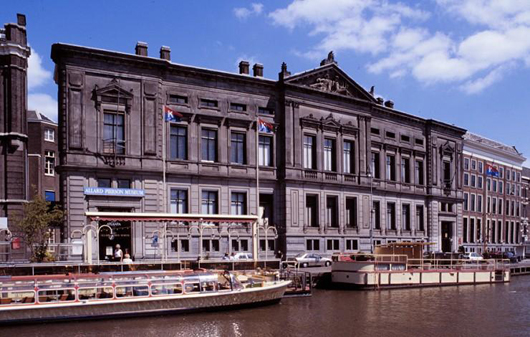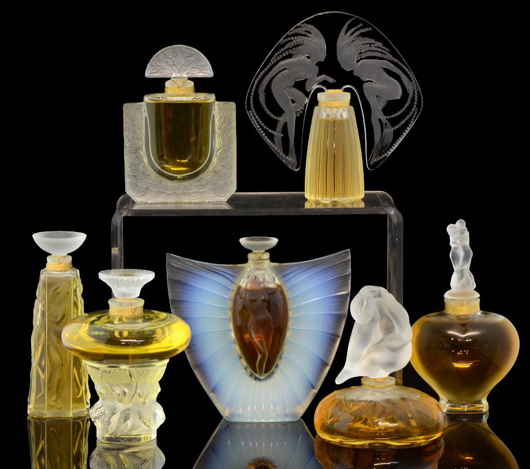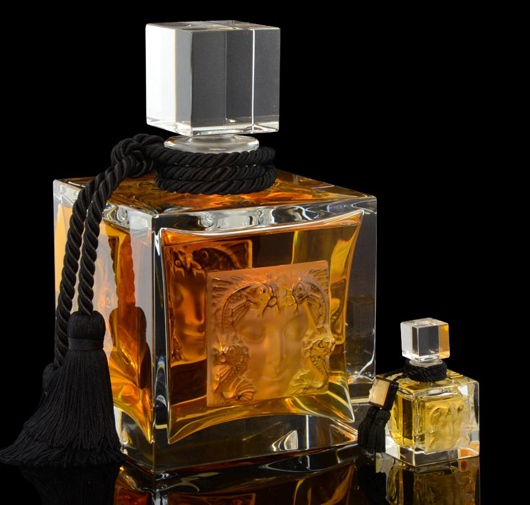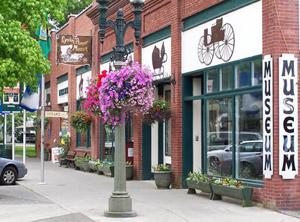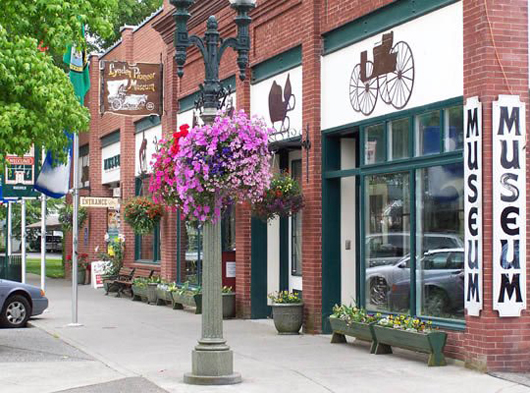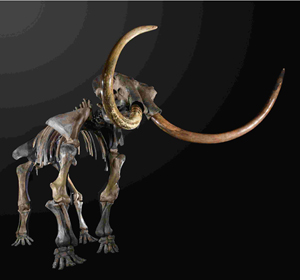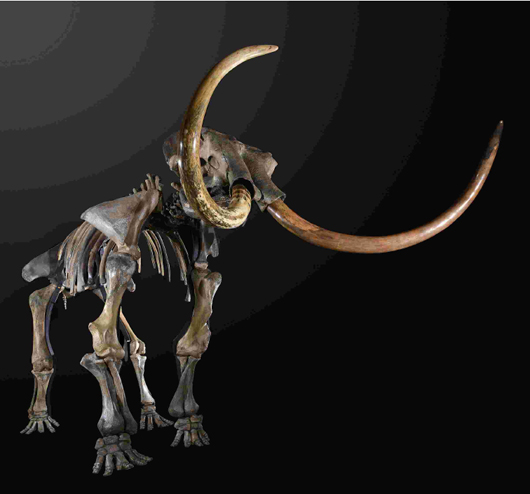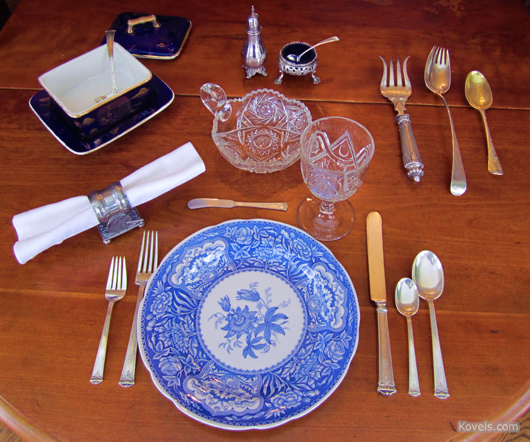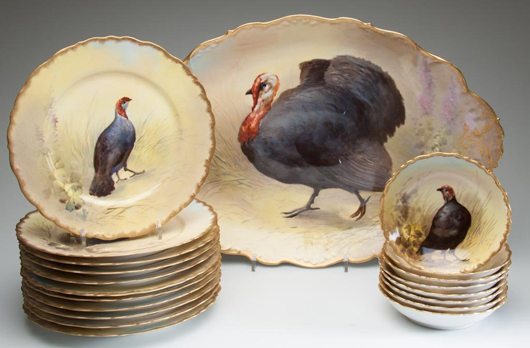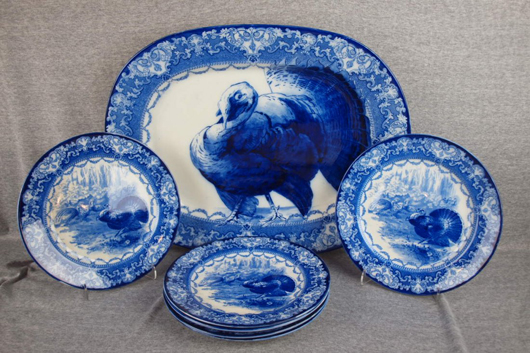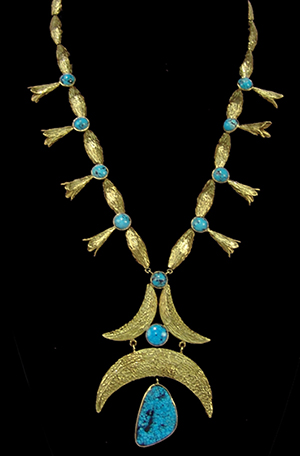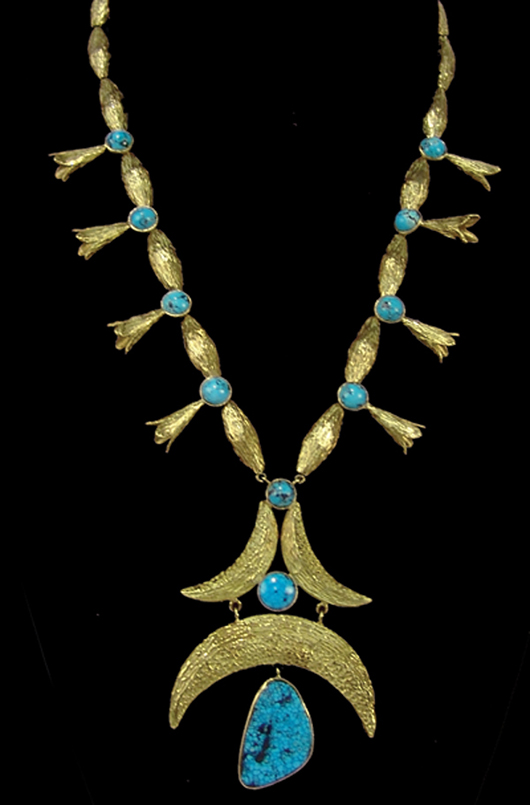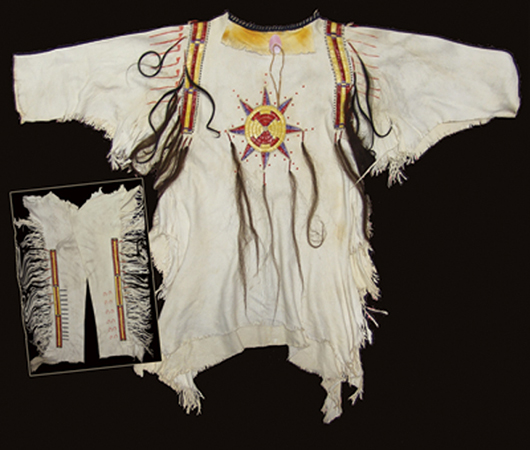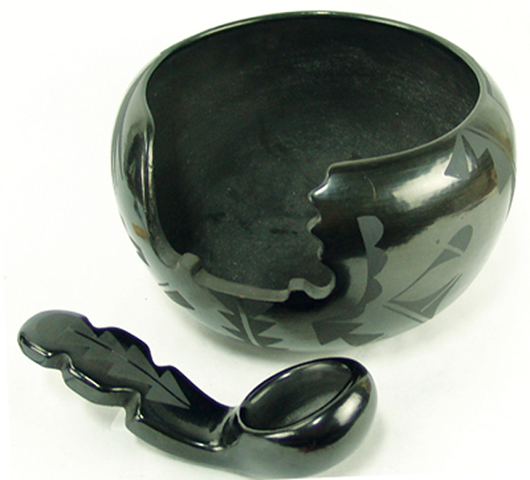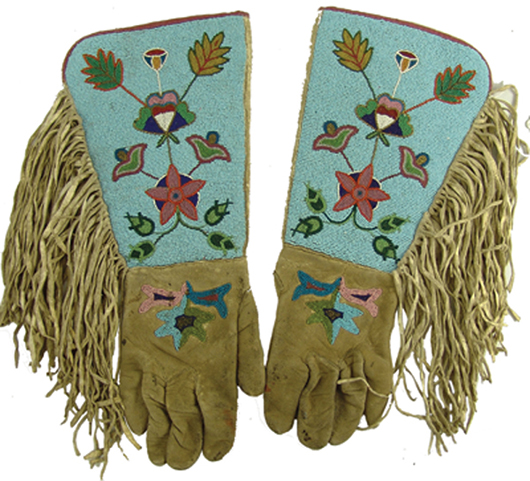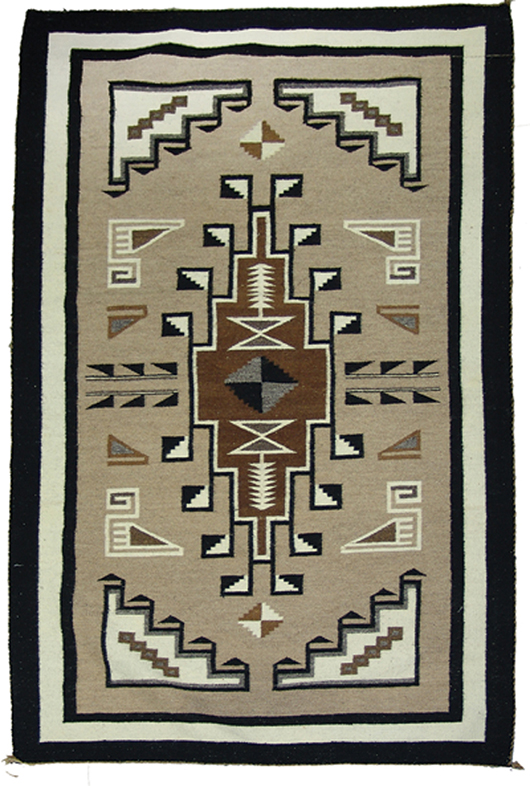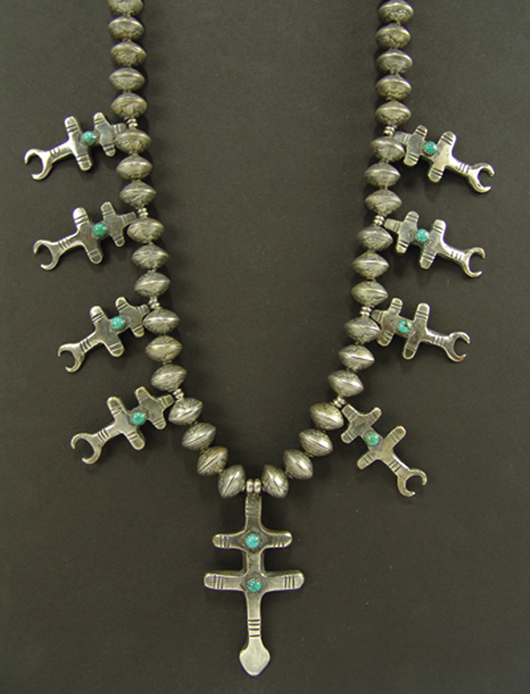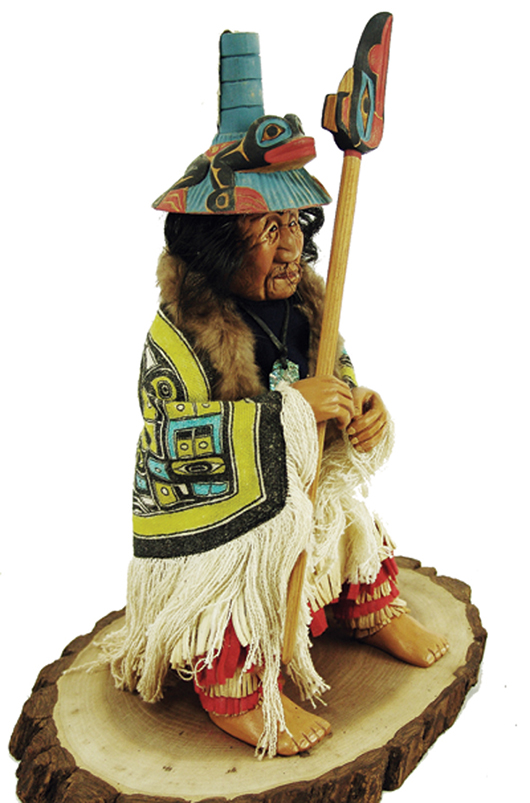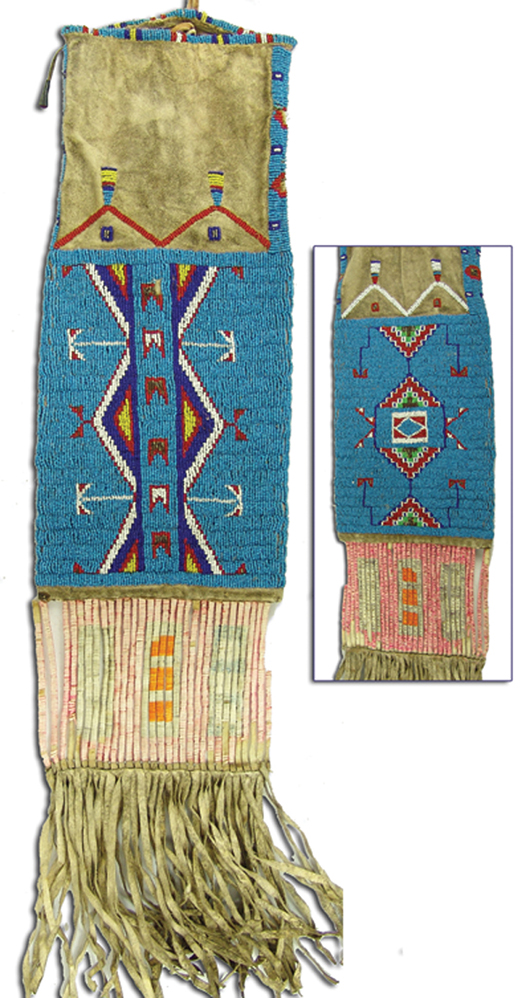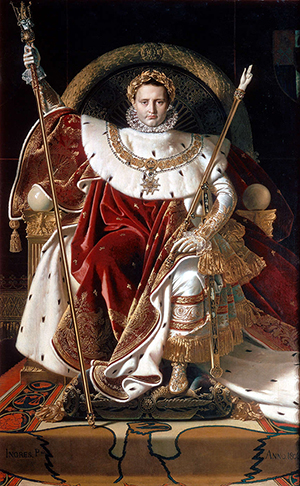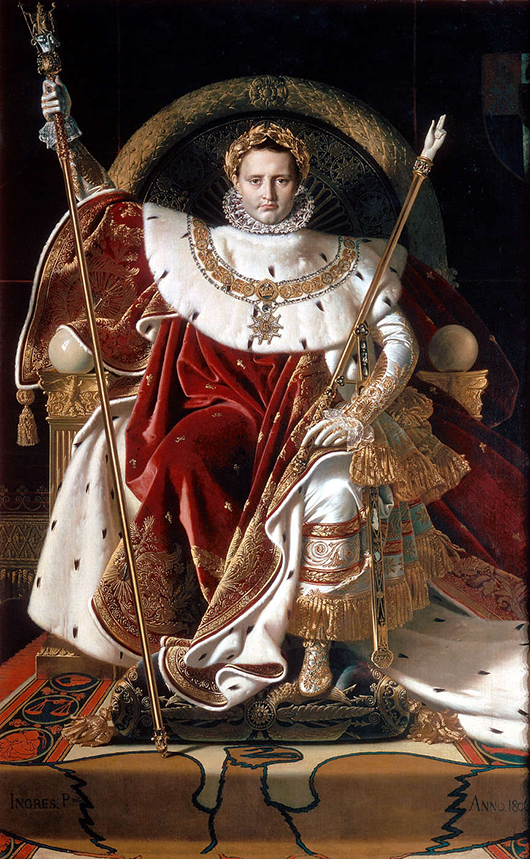[av_slideshow_full size=’no scaling’ stretch=” animation=’fade’ autoplay=’false’ interval=’5′ control_layout=’av-control-default’ src=” attachment=” attachment_size=” position=’top left’ repeat=’no-repeat’ attach=’scroll’]
[av_slide_full slide_type=’image’ id=’60252′ video=” mobile_image=” video_format=” video_ratio=” title=’Charlotte Perriand’ custom_title_size=’48’ custom_content_size=’18’ caption_pos=’caption_center’ link_apply=” link=’lightbox’ link_target=” button_label=” button_color=’light’ link1=’manually,http://’ link_target1=” button_label2=” button_color2=’light’ link2=’manually,http://’ link_target2=” font_color=’custom’ custom_title=’#ffffff’ custom_content=’#ededed’ overlay_opacity=’0.1′ overlay_color=” overlay_pattern=” overlay_custom_pattern=”]
BY NOAH FLEISHER
[/av_slide_full]
[/av_slideshow_full]
[av_textblock size=” font_color=’custom’ color=’#ffffff’]
Charlotte Perriand, Jean Prouve and Sonia Delaunay, Bibliotheque from the Maison du Mexique, Ateliers Jean Prouve, France, c. 1952.
Enameled aluminum, white pine, mahogany, 72.25 w x 12.75 d x 63 h inches. Hammer price: $126,000. Image courtesy of Wright20.
[/av_textblock]
[av_section min_height=” min_height_px=’500px’ padding=’large’ shadow=’no-shadow’ bottom_border=’no-border-styling’ id=” color=’main_color’ custom_bg=’#f2f2f2′ src=” attachment=” attachment_size=” attach=’scroll’ position=’top left’ repeat=’no-repeat’ video=” video_ratio=’16:9′ overlay_opacity=’0.5′ overlay_color=” overlay_pattern=” overlay_custom_pattern=”]
[av_one_full first min_height=” vertical_alignment=’av-align-top’ space=” margin=’0px’ margin_sync=’true’ padding=’10px,20px,10px,20px’ border=’1′ border_color=’#eaeaea’ radius=’1px’ radius_sync=’true’ background_color=’#ffffff’ src=” attachment=” attachment_size=” background_position=’top left’ background_repeat=’no-repeat’]
[av_hr class=’invisible’ height=’20’ shadow=’no-shadow’ position=’center’ custom_border=’av-border-thin’ custom_width=’50px’ custom_border_color=” custom_margin_top=’30px’ custom_margin_bottom=’30px’ icon_select=’yes’ custom_icon_color=” icon=’ue808′ font=’entypo-fontello’]
[av_textblock size=” font_color=” color=”]
Charlotte Perriand was, by her own accounts, a blank slate.
[/av_textblock]
[av_hr class=’invisible’ height=’20’ shadow=’no-shadow’ position=’center’ custom_border=’av-border-thin’ custom_width=’50px’ custom_border_color=” custom_margin_top=’30px’ custom_margin_bottom=’30px’ icon_select=’yes’ custom_icon_color=” icon=’ue808′ font=’entypo-fontello’]
[av_textblock size=’16’ font_color=’custom’ color=’#686868′]
As a fully mature, accomplished Modern designer, she eschewed dogma. She chose instead to open her eyes, and her mind, to whatever her surroundings were and just let them be the guiding force for the work. Shortly before her death at age 95, Perriand was interviewed by Art Forum. In response to a question asked by the writer Hendel Teicher, Perriand said: “I have never designed an object, a form, a piece of furniture that I didn’t need to relate to a whole. If you asked me today to design you a chair, I would say, ‘To go where?’ I have no imagination.”
This is not a self-deprecating remark, no false humility; nor is it the deflection of some sycophantic comment. The place of “no imagination” that Perriand spoke of could have come from the mouth of a Zen master, or a wandering ascetic commenting on his mediations in a cave high in the mountains. It is a place of no imagination that might well be compared to the Taoist principle of Wu Wei and Pu, of non-ego and non-identification with self. In short, it is the summation of a master of her form in the waning days of her life; a distillation of the lessons of a life well lived and a craft more than mastered.

Charlotte Perriand is a mercurial figure on the Modern Design scene, a woman who infiltrated an almost exclusively male perch and was taken on her own terms, first as a designer, second as a craftsman, and third, if at all, as a woman. She cannot be ignored for being such an early pioneer for women, and in fact should be celebrated, but to reduce her accomplishments by weighing them strictly as a woman’s work compared to a man’s is to diminish her unquestionable design genius. Neither Perriand nor her furniture, nor those of us who see the very height of Modernism in the genesis of her designs, deserve that.
In the pantheon of Modern masters Perriand cannot be ignored. Her work with Le Corbusier and Pierre Jeanneret at the legendary 35 Rue de Sevres in Paris more than assured her design immortality. Such was Perriand’s talent, though, that her work with the pair was simply the beginning to a designer’s dream life. She had deep and abiding friendships with giants of art and architecture of the early Modern movement. She numbered Fernand Léger, Jean Prouvé, Alphonse Moucha and Jose Luis Sert among her confidants and collaborators. Her destiny, however, was never to be simply an attachée to these great artists and designers; Perriand was to find her own voice in it all and emerge every bit as expert and renowned as her counterparts. She lived to see herself celebrated as a treasure of France, and saw the designs she had given her life to fully mature and take flight at the dawn of a new millennium.

Born in 1903 to a tailor and an haute couture seamstress, Perriand spent her childhood and college years in and around Paris and the surrounding France countryside. She enrolled as a student at Ecole de l’Union Centrale des Arts Décoratifs. She earned her degree in five years, despaired of finding a place to practice her design that wasn’t thoroughly steeped in the crafts-based approach of the Beaux Arts style and finally read Le Corbusier’s 1923 seminal treatise Vers Une Architecture on the advice of a friend.
The biographical material from the 1998 retrospective on her life at The Design Museum in London recalls the first meeting of the pair. Perriand – young, hungry and desperate for meaningful work with the man whose design philosophy she had taken to heart – managed to inveigle a meeting with Le Corbusier. She strode into his studio and suggested that he hire her as a furniture designer. His response was decidedly curt.
“We don’t embroider cushions here,” Le Corbusier told her.

Undaunted, at least as history records the moment, Perriand soldiered on. A few months later, the legendary architect was forced to eat his words after seeing Perriand’s glimmering rooftop bar, which she had created out of glass, steel and aluminum for the Salon D’Automne in Paris. Fortunately for us, Le Corbusier apologized to Perriand – an apology which she accepted – and offered her a spot as a designer at his studio. It was in the open lines and gleaming metal of the bar under the stars that the seed of Perriand’s brilliance had been sewn and, in partnership with Le Corbusier and Jeanneret, it would fully flower.
In the decade that Perriand designed in Le Corbusier’s atelier she worked her way up the hierarchy of the organization with a series of brilliant designs. Eventually, as head of the “furniture equipment” division, she would design, in strict adherence with Le Corbusier’s philosophy. The first truly iconic pieces of furniture to bear her name were tubular metal chaise and lounge chairs. The longstanding effect and virtuosity of those pieces is still evident today, as a single look will tell you. Their descendants continue to populate residences, offices and hotels around the globe, and three original examples are in the permanent collection of the Museum of Modern Art in New York City.

Through the 10 years that the trio worked together, and through another decade on her own and into the early 1950s. Perriand continued to refine her design sense and the ideas that she, Le Corbusier and Jeanneret had introduced to the world in Paris’s Salon D’Automne 1929 – their “Equipment for Living: cabinets, chairs and tables.” The ideas inherent in the exhibition laid out Perriand’s clear desire to understand what she would call in her 1998 autobiography, Vie de Creation, the mechanics of daily life.
[/av_textblock]
[av_hr class=’invisible’ height=’50’ shadow=’no-shadow’ position=’center’ custom_border=’av-border-thin’ custom_width=’50px’ custom_border_color=” custom_margin_top=’30px’ custom_margin_bottom=’30px’ icon_select=’yes’ custom_icon_color=” icon=’ue808′ font=’entypo-fontello’]
[av_heading tag=’h3′ padding=’10’ heading='”To reduce her accomplishments by weighing them strictly as a woman’s work compared to a man’s is to diminish her unquestionable design genius.”‘ color=’custom-color-heading’ style=’blockquote classic-quote’ custom_font=’#020202′ size=’44’ subheading_active=” subheading_size=’15’ custom_class=”][/av_heading]
[av_hr class=’invisible’ height=’50’ shadow=’no-shadow’ position=’center’ custom_border=’av-border-thin’ custom_width=’50px’ custom_border_color=” custom_margin_top=’30px’ custom_margin_bottom=’30px’ icon_select=’yes’ custom_icon_color=” icon=’ue808′ font=’entypo-fontello’]
[av_textblock size=’16’ font_color=’custom’ color=’#686868′]
She refined her tastes, broadening her palette to include various types and shades of hard wood, along with occasional bold strokes of primary colors. In virtuosic form she moved away from the very design aesthetic she had helped to create, deconstructing and re-assembling the pieces of the world around her as she saw fit – purposely ignoring the comments of those that wanted her to stick to the same materials and aesthetics – into a cogent design vocabulary that was 100 percent hers.
It was during this 20-year stretch that Perriand would make several important trips abroad, including to Moscow, Greece, Brazil and, most importantly, to Japan in 1940, where she would act as an adviser to the government on arts and crafts. During her stay there, World War II broke out and, designated a resident of a hostile nation, Perriand was forced out of Japan. She could not, however, get back to France because of the Allied naval blockade. Perriand was forced to wait out the final years of the war in French Indochina, now Vietnam. Ever the student, she took the opportunity to absorb the local ways of woodworking and carving, adding a new wrinkle to her formidable playbook. It was to serve her very well.
This period of her life would prove to be among the most fruitful and inspiring of her career. It would equip her with the Zen sensibility that would inform her greatest work, which was yet to come, and teach her to approach each project she undertook with the beginner’s mind, the “no imagination” that would make her one of the best to ever pick up a pen.
The culmination of the first part of Perriand’s career came in the late-1940s and early-1950s, first with a collaboration on a Swiss ski chalet with Léger, then through a pair of collaborations with longtime friend and kindred artistic spirit, the architect Jean Prouvé, in Africa. The pair created the interiors and furniture for the Air France building in Brazzaville, 1950, and then three years later they would partner again for the Hotel de France in Conakry.
From this point, as the 20th century progressed, Perriand would find herself in constant demand and working in close collaboration with those she had known her whole professional life, all the while adding to the catalog of beautiful, harmonious and proportional furniture and accessories that made her a Modernist staple. At the same time as she worked on her projects with Léger, Perriand continued her collaborations with Le Corbusier. Notable among them was the 1950 prototype kitchen for his Unite d’Habitation apartments in Marseilles, as well as the 1959 Maison du Brésil at Cité Universale Universitaire de Paris, along with Brazilian architect Lucio Costa.
Much of the furniture, lighting and accessories that now come up for auction with regularity at the nation’s top Modern auction houses stem from Perriand’s fruitful period of design that began in the 1950s and continued into the late 1960s and early 1970s. Designs created for the 1951 Milan Triennale exhibition, the 1957 League of Nations building in Geneva, 1960s French Tourism office in London and a series of ski resorts in the French Alps region of Savoie that stand as a testament to Perriand to this day. Perriand introduced her clean lines, elegant use of open space and broad mix of world influences to create the chairs, beds, bibliothèques, lighting, and various tables and sofas that expertly populated these buildings, and which command top dollar today from any buyer lucky enough to get their hands on them.
Perriand’s profile diminished through the 1970s and into the 1980s as she took a break from everyday designing to embrace retirement. Modernism experienced a lull in favor and Perriand took the opportunity to spend more time with her family. The stars quickly realigned to highlight her brilliance when, in the mid 1980s, her reputation as a giant of Modernism was polished and set on display during a retrospective of her work at the Musée des Arts-Décoratifs in Paris, and then again with the aforementioned major 1998 retrospective at The Design Museum in London.
By the time Perriand passed away in 1999, she had witnessed the beginning of the Modern revival and the start of the gravitation toward Modern Design that today permeates the entire realm of media and design. It’s difficult to imagine that Perriand didn’t get some serious satisfaction from seeing that good design, well conceived and expertly executed, had an appeal whose time had finally arrived. More than likely, she would have seen it not so much as a confirmation of herself as an artist or designer, but as a validation of the whole of Modernism.
In one of her last interviews, given as the retrospective of her work at the Design Museum was drawing huge crowds and rave reviews, Perriand put it this way: “The most important thing to realize is that what drives the Modern movement is a spirit of enquiry,” she said. “It’s a process of analysis and not a style. We worked with ideals.”
In our modern society, space is at a premium, and the pace of everyday life increasingly spins out of control, Perriand’s “process of enquiry,” infused with her Zen sensibilities and feel for open space, puts her in the top tier of the Modern Design pantheon. Her work reflects the validity of her ongoing commitment to the progression of the idea as opposed to its ultimate outcome. For Perriand, the journey of discovery is what made a design germane, what made her so important to the past and what keeps her still so relevant today.
[/av_textblock]
[/av_one_full][/av_section][av_hr class=’invisible’ height=’50’ shadow=’no-shadow’ position=’center’ custom_border=’av-border-thin’ custom_width=’50px’ custom_border_color=” custom_margin_top=’30px’ custom_margin_bottom=’30px’ icon_select=’yes’ custom_icon_color=” icon=’ue808′ font=’entypo-fontello’]
[av_one_fifth first min_height=” vertical_alignment=” space=” custom_margin=” margin=’0px’ padding=’0px’ border=” border_color=” radius=’0px’ background_color=” src=” background_position=’top left’ background_repeat=’no-repeat’][/av_one_fifth]
[av_four_fifth min_height=” vertical_alignment=” space=” custom_margin=” margin=’0px’ padding=’0px’ border=” border_color=” radius=’0px’ background_color=” src=” background_position=’top left’ background_repeat=’no-repeat’]
[av_sidebar widget_area=’SCM – 728×90 – footer’]
[/av_four_fifth]




